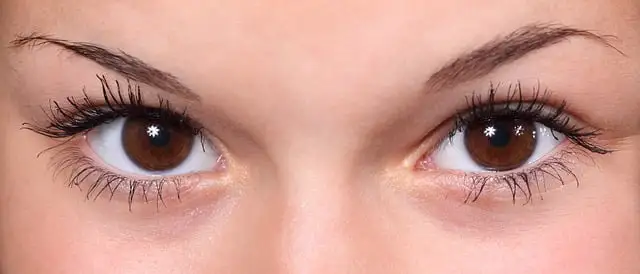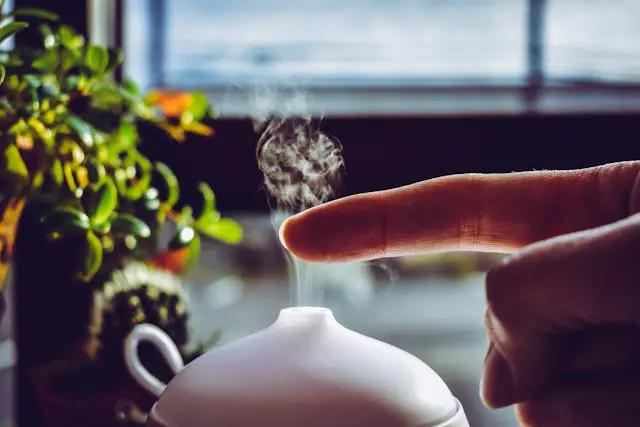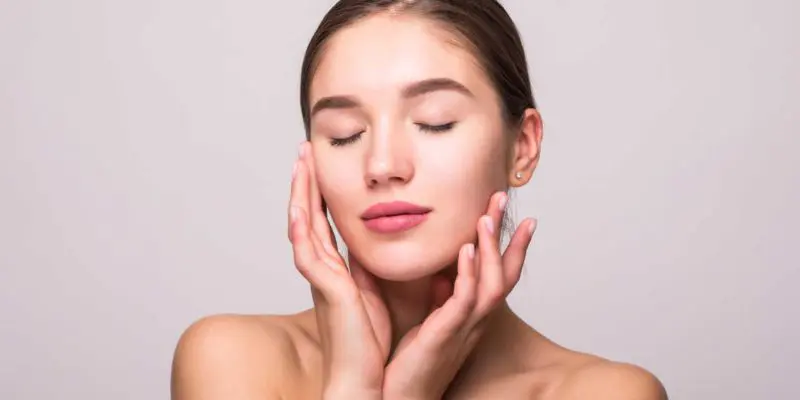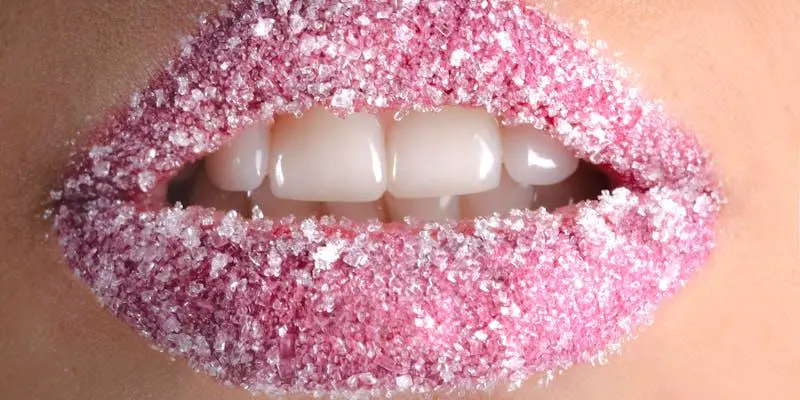Caring for our skin is a practice that transcends borders, yet the techniques, ingredients, and principles differ vastly from one culture to another. From Asia's ancient rituals to Africa's holistic practices, the world is a treasure trove of time-honored traditions that continue to influence contemporary beauty standards. In this article, we will delve into the evolution of skincare, examining the impact of cultural heritage on our current beauty regimens.
Asia: Pioneers of Skincare Innovation and Elegance
Asia, particularly countries like Japan, South Korea, and China, has been a pioneer in skincare innovation. These cultures focus on prevention, hydration, and detailed routines, which have given rise to the global popularity of "K-beauty" and "J-beauty".
- South Korea's Multi-Step Routine: The renowned 10-step Korean skincare routine is more than a trend; it's a philosophy. By layering products such as essences, serums, and ampoules, this method ensures deep hydration and precise treatment. The emphasis on hydration is based on the belief that well-hydrated skin is the key to youthfulness.
- Japan's Streamlined Approach: Japanese skincare prioritizes simplicity and high-quality ingredients. Centuries-old ingredients like rice bran, green tea, and camellia oil are used to brighten, soothe, and protect the skin. Sun protection is also a key aspect of Japanese skincare, deeply ingrained in their culture for maintaining even-toned skin.
- China's Herbal Knowledge: Traditional Chinese Medicine (TCM) has influenced skincare for millennia. Ingredients such as ginseng, goji berries, and pearl powder are believed to balance the body's energy (qi) and enhance skin radiance. TCM also stresses the importance of internal health, advocating for diets and teas that promote skin wellness.
These Asian practices have not only influenced their own beauty industries but have also introduced global innovations like sheet masks, cushion compacts, and fermented ingredients.
Africa: Harnessing the Power of Nature and Community
African skincare traditions are deeply rooted in natural ingredients and shared knowledge. Each region, from Morocco's deserts to Kenya's savannas, has unique practices that honor the land's richness.
- Morocco's Argan Oil: Known as "liquid gold," argan oil has been used by Berber women for centuries to moisturize and protect their skin and hair. Rich in vitamin E and fatty acids, this oil is now a staple in global skincare.
- West Africa's Shea Butter: Shea butter, derived from the shea tree nuts, is a cornerstone of West African skincare. Its moisturizing and anti-inflammatory properties make it ideal for treating dry skin, eczema, and even scars.
- Ethiopia's Coffee Scrubs: Coffee is not just for drinking—it's also a popular exfoliant in Ethiopia. Mixed with oils or honey, coffee grounds are used to remove dead skin cells and improve circulation, resulting in smooth and radiant skin.
African skincare traditions underscore the importance of sustainability and community, with many practices being passed down through generations, preserving both cultural heritage and the environment.
Europe: A Blend of Timeless Elegance and Scientific Progress
Europe boasts a rich skincare history, combining timeless elegance with advanced science. From France's luxurious creams to the Mediterranean's natural remedies, European beauty traditions are as diverse as the continent itself.
- French Pharmacy Staples: French skincare is known for its luxury and effectiveness. Brands like La Roche-Posay and Avène have popularized thermal spring water, rich in minerals and soothing properties. The French also focus on gentle, pH-balanced cleansers and rich moisturizers.
- Mediterranean Olive Oil: Olive oil has been used for centuries in countries like Greece and Italy as a moisturizer and cleanser. Its antioxidants and fatty acids protect the skin from environmental damage and maintain skin elasticity.
- Nordic Cold-Weather Wisdom: In Scandinavia, where harsh winters can affect the skin, ingredients like lingonberries, birch sap, and seaweed are used to hydrate and protect. The Nordic approach emphasizes simplicity and
Recent
See All2025-08-28
Discovering the Skincare Advantages of Facial Steamers and Humidifiers
2025-08-28
Skincare Strategies for Acne-Prone Skin in Rainy Weather: A Comprehensive Guide
2025-08-28
Discovering the Mysteries of Collagen: Its Essential Functions, Abundant Sources, and Types for a Glowing Life
2025-08-28
Anti-Aging Skincare: Separating Hype from Reality
2025-08-28
Harnessing Nutrition for a Radiant Skin: Dietary Choices for a Luminous Appearance
2025-08-28
Unlocking the Power of Hydration for Skin Health
2025-08-28
The Impact of Sleep on Skin Health: Why Quality Slumber is Key to Radiant Skin
2025-08-28
Mastering the Art of Lipstick: Tips for Longer Wear and Plump Lips
2025-08-28
Embracing the Natural Evolution: Redefining Beauty Through the Ages
2025-08-28
Embracing Sustainability: A Guide to an Eco-Friendly Lifestyle
Newsletter
Get life tips delivered directly to your inbox!











